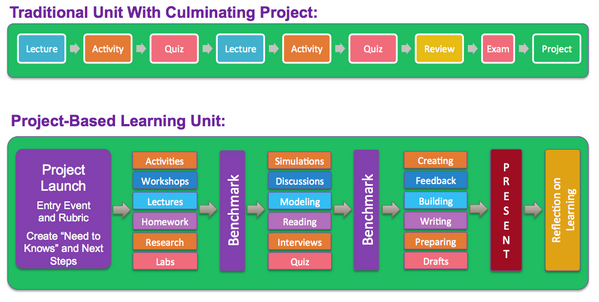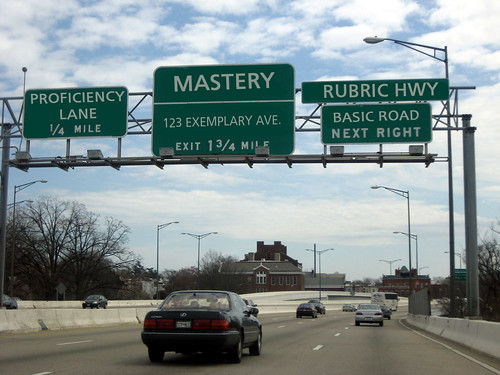Jeff Delp, a junior high principal, has a great blog post over at the Molehills out of Mountains blog on five strategies that can be used to re-engage those learners who have checked out on us. Below is the quick list, but be sure to click the link and read the entire post where he gives some reasoning and ideas behind each.
(1) Make it Personal – take time to visit with students and learn about their personal interests.
(2) Search for Celebrations – be constantly vigilant for celebration moments.
(3) Give Every Student the Opportunity to Succeed – it is unfortunate, but some of our students have not tasted success for so long that they have lost hope–no longer possessing the self-confidence, or will, to invest in what they see as a wasted effort.
(4) Reflect on class assignments and homework – in spite of our best intentions, we frequently set our students up for failure by burying them in assignments that do not serve a clear purpose, or that students have little chance of completing.
(5) Try something different – if things don’t seem to be working, do something different.
He’s concludes with:
There is no easy answer to the issue of disengaged students. No magic bullet. No single program or strategy that will be a definitive “fix” for every student. As professionals, we must meet this challenge head on, maintain a positive attitude, and search for ways to instill confidence and hope in all of our students. Our kids deserve nothing less.







